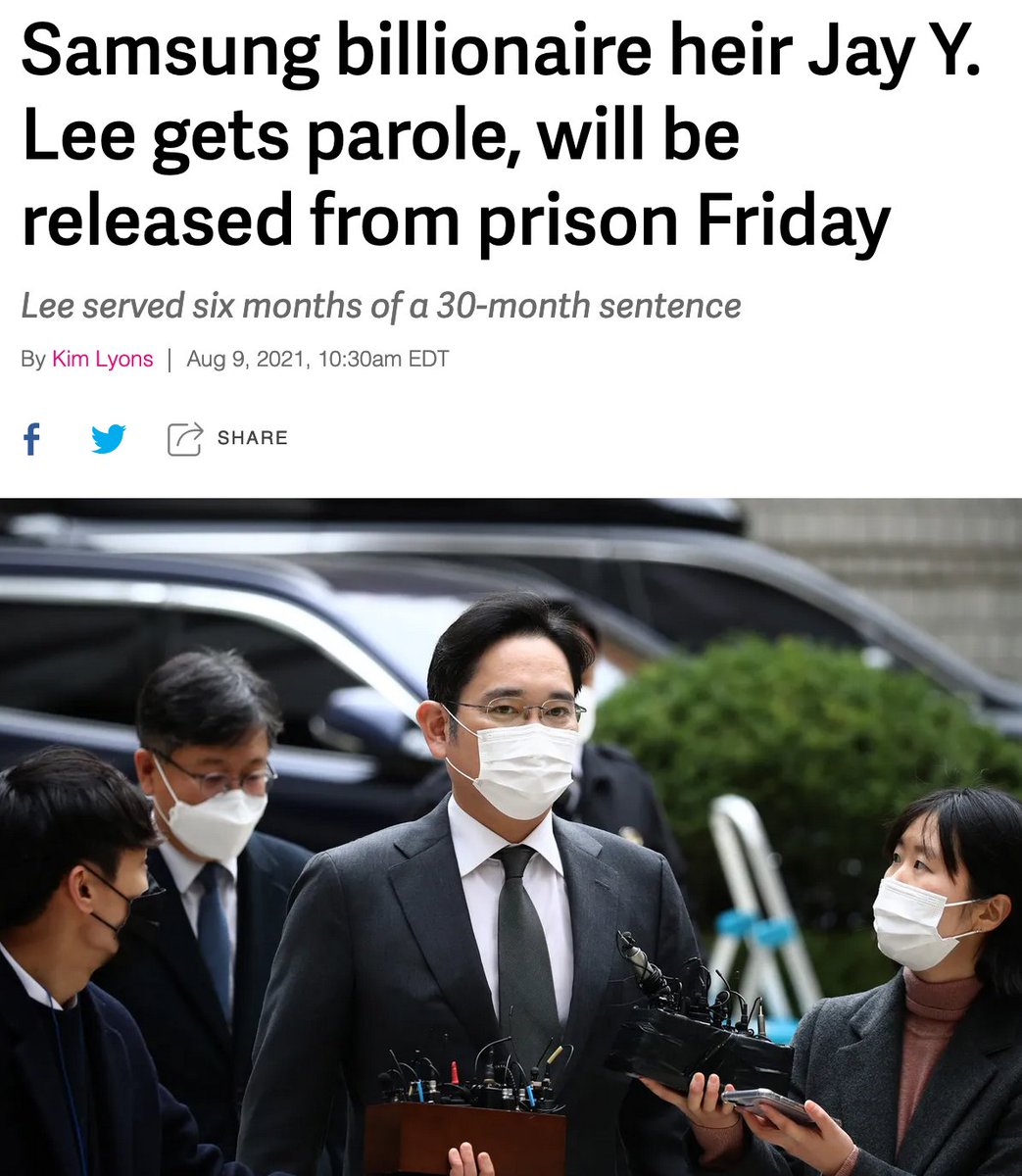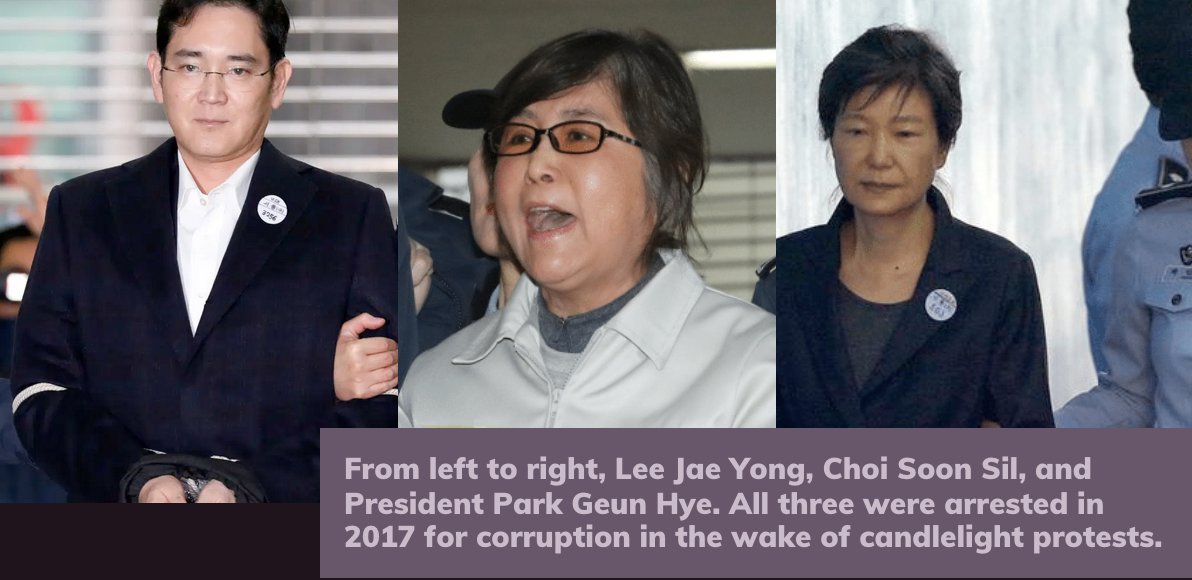
🧵Food sovereignty in Korea 🧵
Hunger in north Korea is a favorite topic of imperialist propaganda. Yet on both sides of the DMZ, Koreans are struggling against imperialism for food sovereignty.
Here's a look at the real food situation in Korea:
Hunger in north Korea is a favorite topic of imperialist propaganda. Yet on both sides of the DMZ, Koreans are struggling against imperialism for food sovereignty.
Here's a look at the real food situation in Korea:

Before we begin: what is food sovereignty?
The concept of food sovereignty was coined in 1996 by La Via Campesina, a global peasant organization.
The concept of food sovereignty was coined in 1996 by La Via Campesina, a global peasant organization.

Korea's southern region was once the breadbasket of the peninsula. Yet today, south Korea is the 8th largest agricultural importer on earth. For over 70 years, US imperialism has sought to destroy local agriculture in order to secure south Korea as a market for agribusiness: 

South Korea's grain self-sufficiency fell from 70% in the 1970s to 20% today. 57% of all grain is imported by just four agro-monopolies: Cargill, ADM, Bunge, & LDC. The US is south Korea's #1 agricultural importer, accounting for 27% of all food and farm product imports. 

The flood of cheap food and farming imports has devastated south Korean farmers.
Since the 1970s, over 25% of all farmland has been lost, and farmers have fallen from 50% of the population to just 7%. Though incomes have increased 120x, debt has gone up 1600x in the same period
Since the 1970s, over 25% of all farmland has been lost, and farmers have fallen from 50% of the population to just 7%. Though incomes have increased 120x, debt has gone up 1600x in the same period

The rise of migrant labor in south Korean agriculture is also linked to imperialism. As farmers struggle to compete, some turn to cheaper sources of labor. 20,000 migrant farm workers live in south Korea today — often toiling under atrocious conditions koreaherald.com/view.php?ud=20…
The Korean Women’s Peasant Association and the Korean Peasant League are leading the fight for food sovereignty in south Korea. These orgs combat free trade policies, promote cooperative farming, and have even organized deliveries of machinery and seeds to farmers in the north 

What is agriculture like in north Korea?
Due to its short growing seasons and mountainous terrain, just 17% of land in the north is suitable for food production. The lack of suitable land is one of the biggest challenges facing north Korea's food system
Due to its short growing seasons and mountainous terrain, just 17% of land in the north is suitable for food production. The lack of suitable land is one of the biggest challenges facing north Korea's food system

In recent years, climate change has also been a major challenge. Despite producing less than 0.2% of annual global emissions (compared to 28% for the US), north Korea has been hit hard by droughts, floods, and typhoons.
Pictured: farmers clean a field after 2019 Typhoon Lingling
Pictured: farmers clean a field after 2019 Typhoon Lingling

Most agriculture in the north occurs on cooperative farms. Cooperative farms are jointly managed by hundreds or even thousands of families. Farmers receive a share of the crop, and the state purchases the rest to distribute as rations
Learn more: apexexpress.wordpress.com/2014/08/23/821…
Learn more: apexexpress.wordpress.com/2014/08/23/821…

In the 90s, drought, floods, and USSR's collapse triggered a major food crisis in north Korea. Hundreds of thousands perished.
North Koreans received international aid, but had to rebuild their food system without relief from sanctions. This period is known as the Arduous March.
North Koreans received international aid, but had to rebuild their food system without relief from sanctions. This period is known as the Arduous March.

US and UN sanctions directly affect north Korean agriculture — blocking imports on farm machinery, vehicles, fertilizers, and oil, while also preventing international trade to acquire food imports.
Pictured: UN Ambassador Nikki Haley voting for sanctions on DPRK exports in 2017
Pictured: UN Ambassador Nikki Haley voting for sanctions on DPRK exports in 2017

Farmers have found creative solutions to these problems, but face objective obstacles. Hunger persists in north Korea today because the US is doing its best to starve north Koreans. There's no other way to put it: sanctions are the biggest obstacle to north Korea's food system 

Korea has the ability to feed itself, but food sovereignty can’t exist without national sovereignty. Sanctions against the north must end, the artificial border dividing Korea must be abolished, and the south must delink from the US’s imperialist agri-food complex.
Imagine if farmers & workers in the south mattered more than monopoly capital, or if people in the north could count on the south for some of their food.
This is the future that's possible under reunification — and why we must keep struggling for national liberation. Toojeng!
This is the future that's possible under reunification — and why we must keep struggling for national liberation. Toojeng!
Further reading: phaidon.com/agenda/art/art…
fao.org/3/aq118e/aq118…
fas.usda.gov/data/us-agricu…
koreapeacenow.org/wp-content/upl…
monthlyreview.org/2013/05/01/the…
foodfirst.org/wp-content/upl…
fao.org/3/aq118e/aq118…
fas.usda.gov/data/us-agricu…
koreapeacenow.org/wp-content/upl…
monthlyreview.org/2013/05/01/the…
foodfirst.org/wp-content/upl…
• • •
Missing some Tweet in this thread? You can try to
force a refresh






















